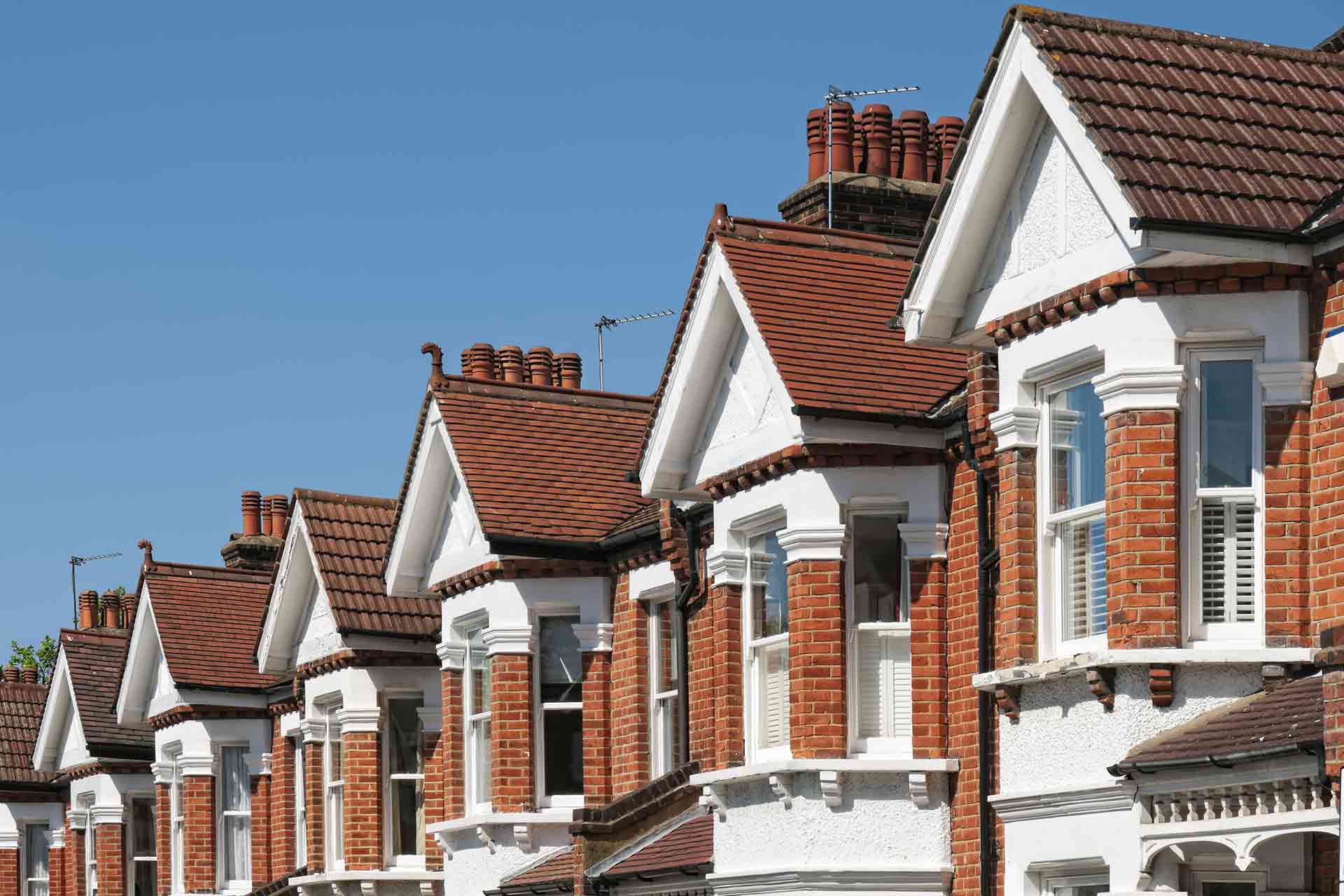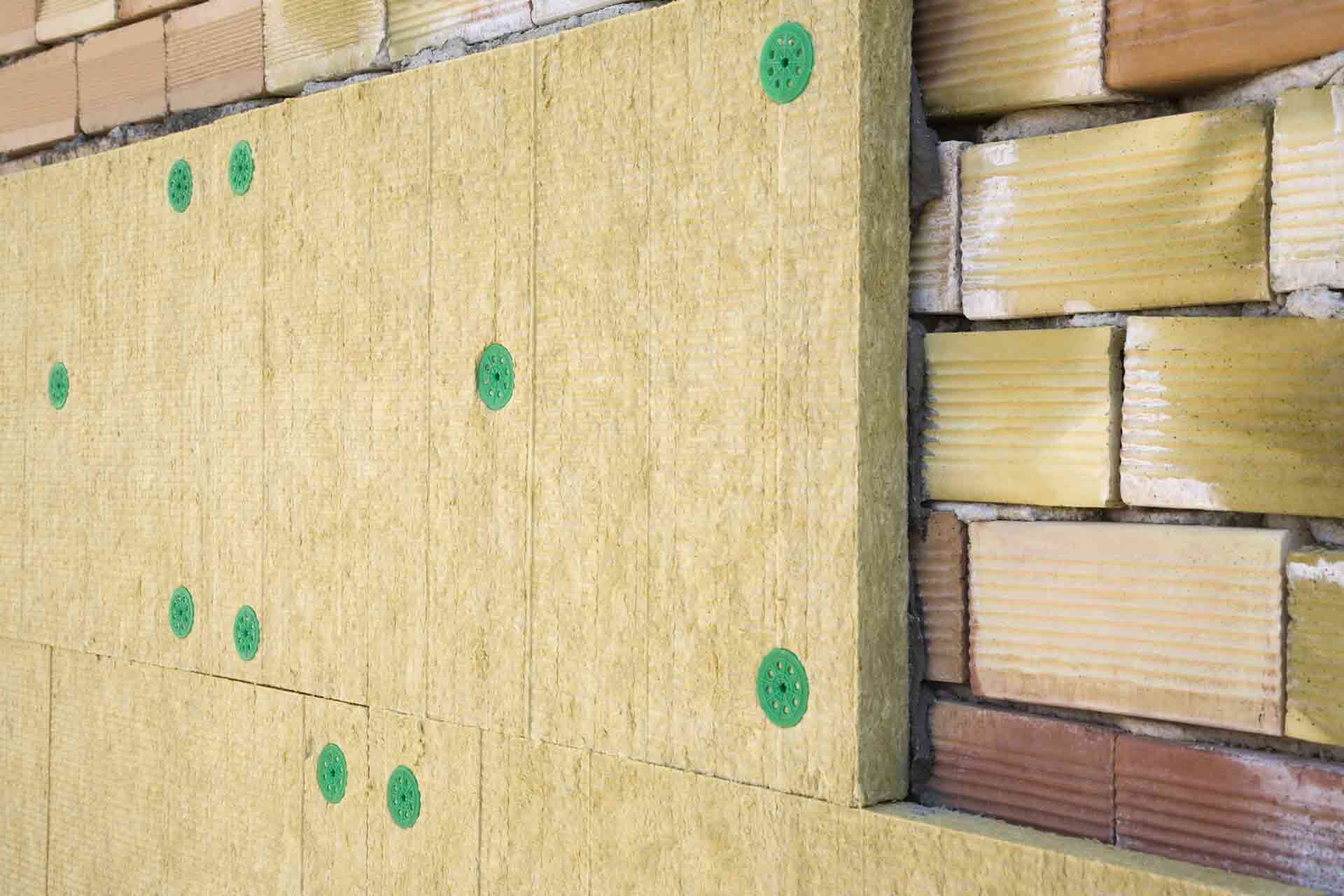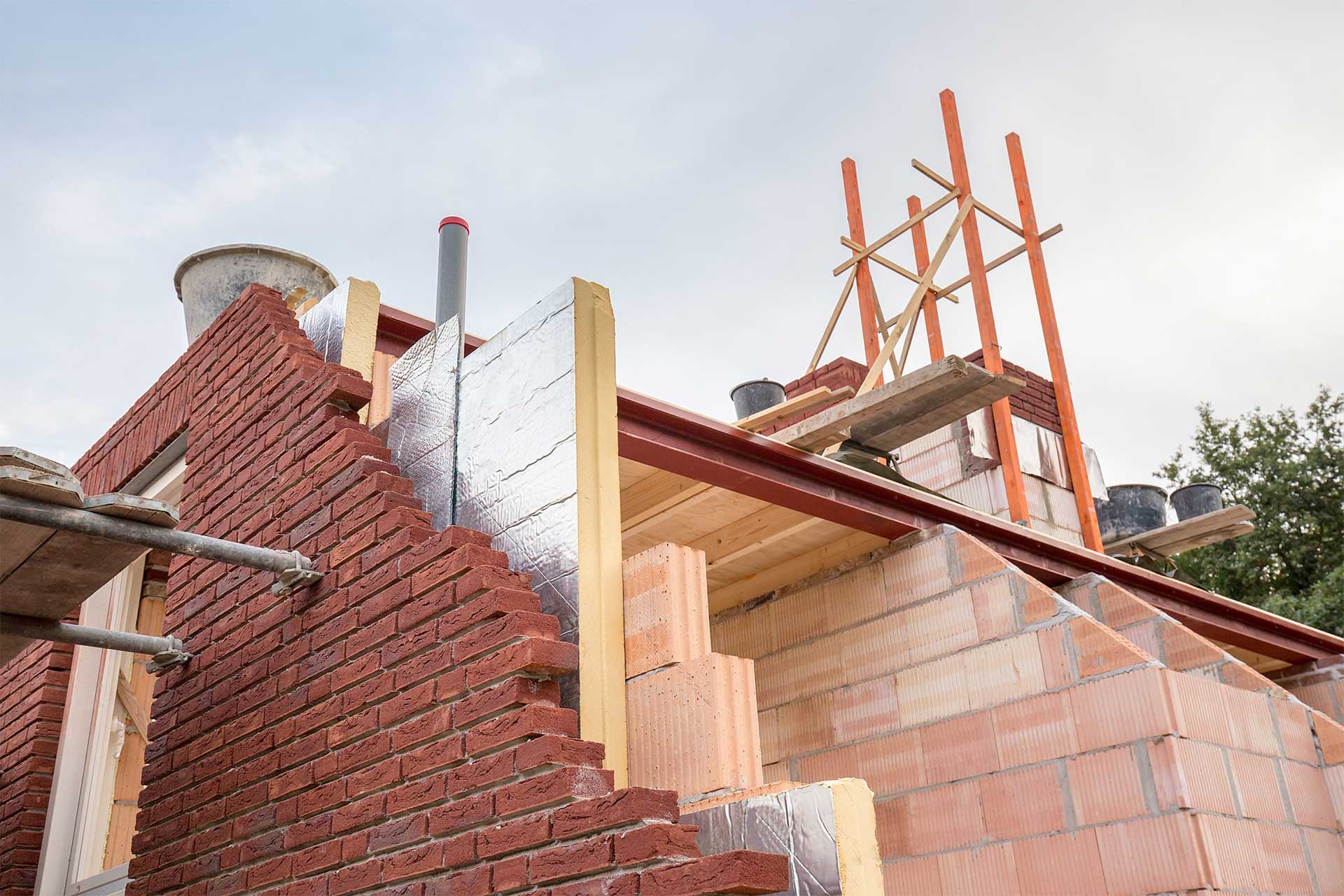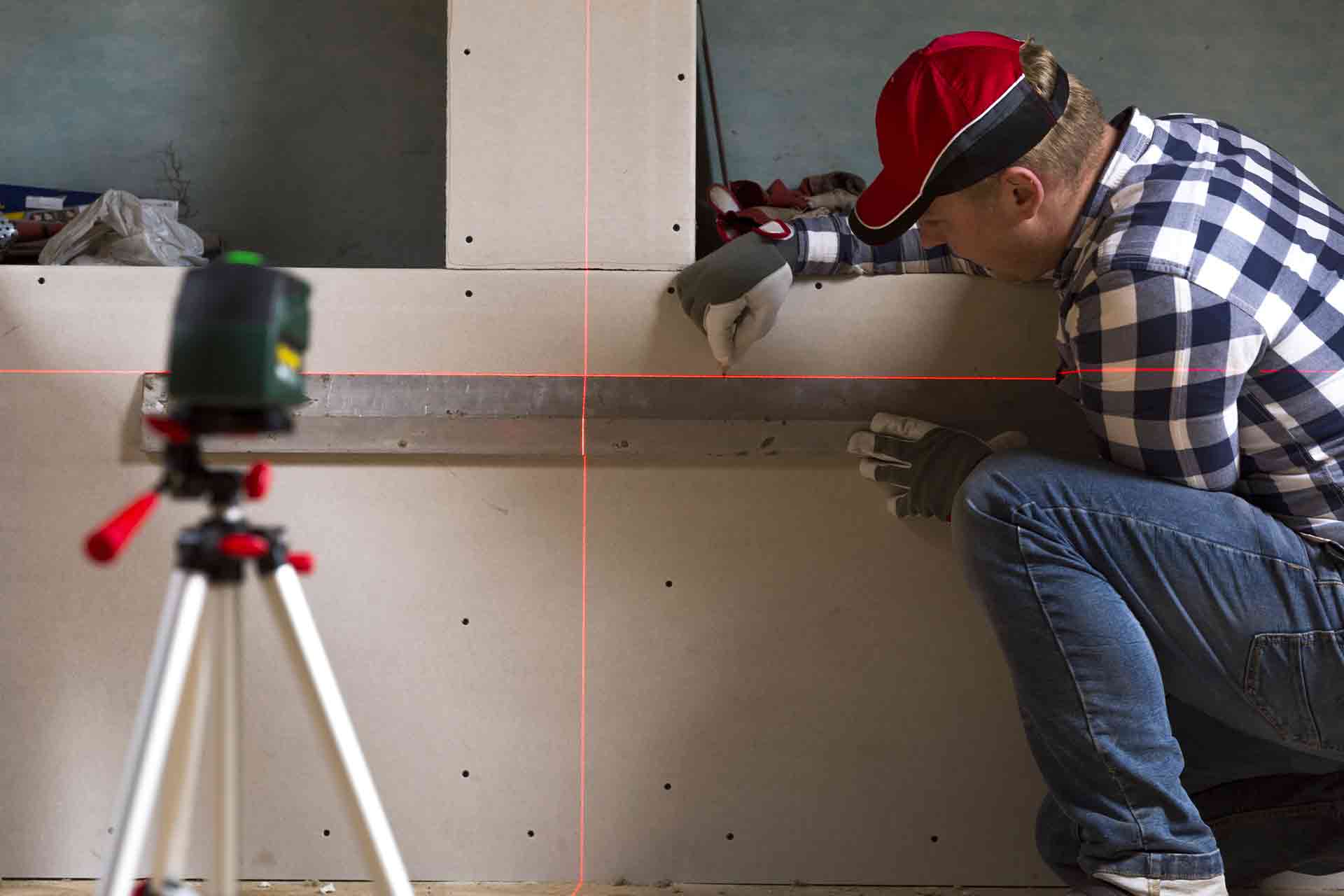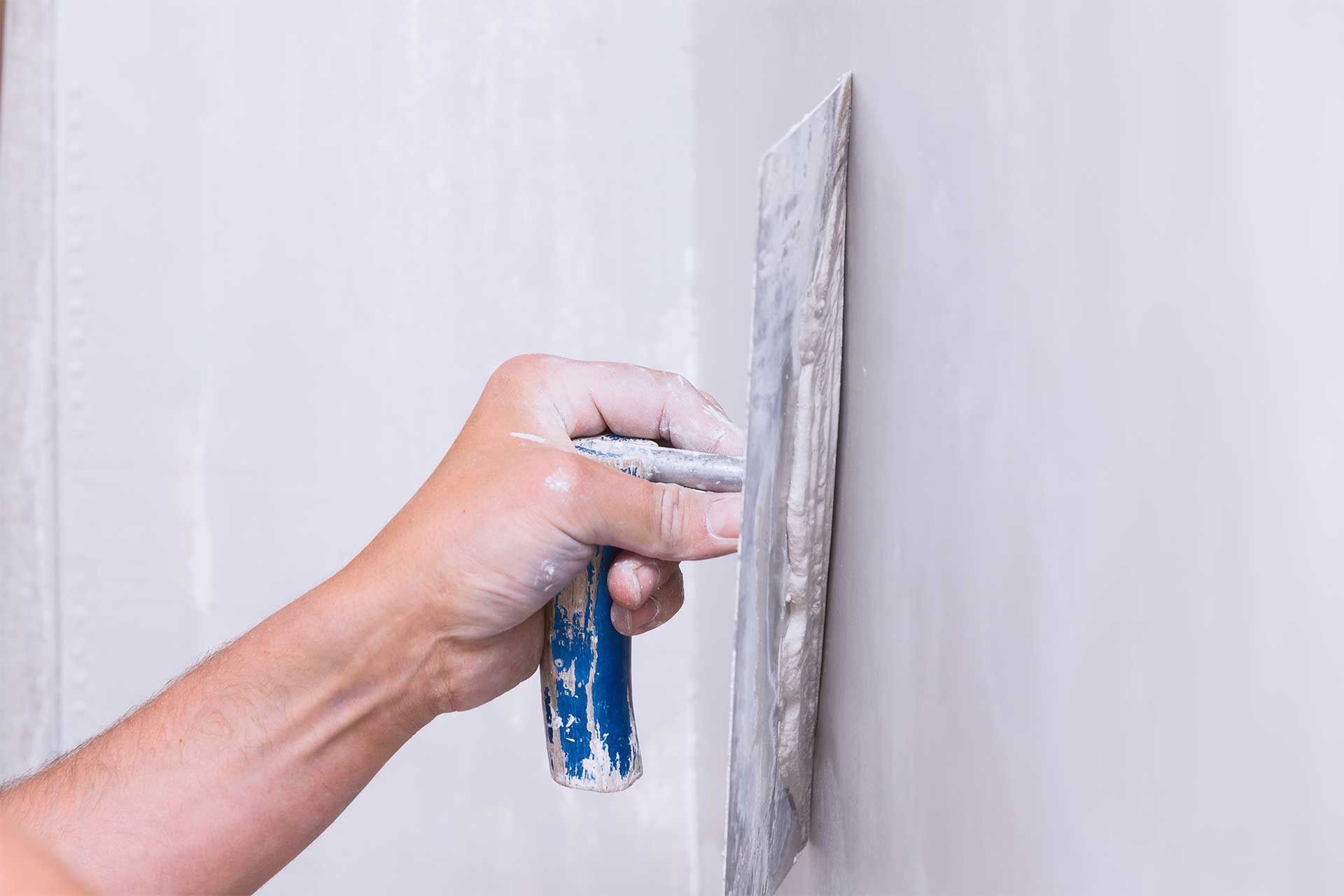Blog>Cost Guides>External wall insulation: Cost breakdown 2025
Last updated: 8 July 2025
External wall insulation: Cost breakdown 2025
Are your home's solid walls plagued by damp, mould, and cold spots? External wall insulation could be the answer for a warmer, more energy-efficient home. Check out our cost guide to estimate how much you'll need to pay.

Fast Facts
The cost of external wall insulation starts at around £6,000 but can climb to over £30,000, depending on the size of your home
You may be eligible for green grants to help with the costs
Hiring a MCS-certified installer is essential to ensure your external wall insulation stands the test of time and has a quality finish
Homes built before 1920 with solid walls typically lack insulation, causing them to lose up to twice as much heat as modern homes.
External wall insulation puts a stop to this, but with costs varying between £6,000 and £30,000, this isn't a quick fix and needs careful budgeting. Read on for all the costs involved and how green grants may help.
What is external wall insulation?
When properly installed, external wall insulation can help retain heat in your home, reduce energy bills, and put a stop to troublesome damp and mould.
A certified insulation installer will take a two-step process. First, insulation is installed on the exterior of your property's outside walls using mechanical fixings and adhesive. Next, render or cladding is applied to seal the insulation.
It's a method often preferred to insulating internal walls as it's more straightforward to install. It also won't reduce the size of a room — internal insulation can bring the wall in by around four inches!
One key cost factor for external wall insulation is the type of material used, with options including expanded polystyrene boards and eco-friendly mineral wool. Let's explore this and the other factors impacting the cost next.
How much does external wall insulation cost in 2025?
As mentioned, the cost of external wall insulation can vary greatly. Quotes start at around £6,000 but can climb to over £30,000, depending on the size of your home.
| Cost provided item | Cost+VAT (Lower range) | Cost+VAT (Higher range) | Average cost |
|---|---|---|---|
| Detached | £20,000 | £30,000 | £25,000 |
| Semi-detached | £14,000 | £20,000 | £17,000 |
| Mid-terrace | £6,000 | £10,000 | £8,000 |
| Mid floor flat | £5,000 | £7,000 | £6,000 |
| Detached bungalow | £15,000 | £21,000 | £18,000 |
| Total installed cost per m2 | £150 | £200 | £175 |
| Cost to remove external wall insulation (per m2) | £30 | £40 | £35 |
| EPS total installed cost per m2 | £145 | £195 | £170 |
| Mineral wool total installed cost per m2 | £155 | £205 | £180 |
| Foil faced insulation boards total installed cost per m2 | £150 | £200 | £175 |
| Phenolic foam total installed cost per m2 | £150 | £200 | £175 |
| Last updated: March 2025 Our costs are ballpark averages - get a local tradesperson to quote now | |||
External wall insulation cost by property type
As you can see from the above, the bigger the property, the higher the external wall insulation cost. As a general guide, here's the price you can expect to pay based on your property type:
Mid-floor flat – Costs range from £5,000 to £7,000 for a mid-floor flat
Mid-terrace house – Costs range from £6,000 to £10,000
Semi-detached house – Costs range from £14,000 to £20,000
Detached house – Costs range from £20,000 to £30,000
Detached bungalow – Costs range from £15,000 to £21,000
External wall insulation cost per m²
If you're only planning on insulating one or two exterior walls, rather than an entire property, it's good to know the average cost per square metre for external wall insulation.
As a general guide, you can expect to pay between £150 and £200 per square metre. But remember, insulation must be applied to the entire wall from top to bottom, not just to one elevation, so make sure to factor this into your calculations.
This figure is for the total cost of installation including scaffolding if needed. However, it’s worth noting that if more than two levels of scaffolding are required or there are obstacles like conservatories in the way, the cost is likely to rise.
Labour and material costs breakdown
Most external wall insulation installers charge per square metre (as explored above), not per hour. This is because the focus is on completing the job to the required standard, not working a certain number of hours.
Plus, considerable material and equipment costs make up your quote, not just the hours spent on-site.

Factors affecting the cost of external wall insulation
While the costs above are a good place to start, the price for your external wall insulation depends on a number of factors, including:
1. Planning permission
Most external wall insulation jobs don’t require planning permission. But it’s always worth checking with your local authorities first. This is especially important for listed homes or homes in a conservation area.
2. Insulation material choices
As touched on above, there are various types of materials to choose from for external wall insulation. Let's briefly look at the pros, cons, and costs of the most commonly used materials:
Expanded polystyrene boards (EPS)
Pros – Affordable and widely available, lightweight and easy to install, water resistant and durable
Cons – Lower breathability, which may trap moisture, and not overly eco-friendly compared to mineral wool
Costs – Between £145 and £195 per square metre
Mineral wool
Pros – Highly breathable (so less prone to moisture build-up), great for soundproofing properties and eco-friendly
Cons – More expensive than other options, and can absorb water if not properly installed
Costs – Between £155 and £205 per square metre
Foil-faced insulation boards (PIR)
Pros – High thermal efficiency despite having a thinner profile, lightweight, long-lasting and resistant to moisture and mould
Cons – Can be less breathable, leading to condensation risks and not as good at soundproofing
Costs – Between £150 and £200 per square metre
Phenolic foam
Pros – Slimmer boards provide space-saving insulation, low water absorption and mould resistant
Cons – Fragile material and lower breathability, so extra ventilation planning will be needed
Costs – Between £150 to £200 per square metre
3. Installation
External wall insulation often requires scaffolding. Most contractors include this in their final quote, but not all, so it's worth double-checking.
As a general guide, a single scaffold up to 10m high costs about £625 per week.
4. Location
Prices will vary depending on where your property is in the UK. London and the South East will be considerably more expensive.
5. Final finishes
The type of finish you decide to go for will impact the cost. Let's look at some options and the costs involved:
Rendering– One of the most popular options for finishing external wall insulation. You should allow £30 - £80/m² for a rendered wall (which includes painting). Meanwhile, a typical three-bedroom semi-detached home with around 90m² of walling might cost in the region of £2,700 - £7,200
Cladding – A great option to weatherproof your home or add another outer layer of insulation. The average uPVC cladding cost per square metre is around £80 per m², including labour
See the tradespeople we've checked and recommend for your job

Hidden costs to consider
1. Removal of existing external insulation
If you're replacing existing external wall insulation, you'll need to factor in the cost of removal too. The average cost for this is £35 per m².
You might also need to hire a skip to store the waste. On average, skip hire costs around £125 - £320 per week.
2. Ventilation
All external wall insulation jobs should start with a thorough survey to analyse how heat travels around your home and if additional ventilation is required. This will help guard against dampness and keep the inside of your home cool in the height of summer.
Adjustments might need to be made to your home’s ventilation to account for the new insulation. So it's wise to check with your tradesperson before work commences if this is included in your quote.
3. Gutter replacements
Installation often requires removing your existing gutters and other external pipework. If your guttering has seen better days, it might be worth upgrading it for a smart finish.
The cost of replacing a 15-20 metre long gutter together with three rainwater downpipes is around £1,000. This includes both supply and installation. Our comprehensive gutter replacement cost guide has lots more information.
Cost of hiring an insulation company vs DIY
Only a certified installer should install external solid wall insulation. Otherwise, you could invalidate your home insurance.
Thankfully, there are other ways to save on the costs:
Ways to save on the cost of external wall insulation
Schedule the work at the same time as other building works to maximise your use of scaffolding. Such as roofing work, replacing guttering, or having solar PV panels fitted
Check if companies are willing to offer you finance to spread out the cost
Speak to your energy supplier or local council to see if you qualify for any green grants (more on that next)
External wall insulation grants
You may be eligible to apply for grants depending on where you live in the country and your home circumstances. There are various certified installers, local authorities, energy companies, and other bodies to help towards the cost of your external wall insulation.
However, it's worth noting that most homeowners will find there's still a financial outlay involved. Current schemes to check out include:
ECO4 (Energy Company Obligation) scheme – Lasting until 2026, this grant has the potential to shave 25% off your quote for external wall insulation
The Great British Insulation Scheme – Scheduled to run until 2026, it provides free or cheaper insulation to help households reduce their energy bills
The Warm Home Local Grant – Providing funding for local authorities to deliver energy performance and low-carbon heating upgrades to low-income homes in England. Applications opened in April 2025
0% VAT – While not a grant, the UK government offers 0% VAT on installing eligible energy-saving home upgrades until March 2027
Our green grants guide has the most up-to-date information about the schemes available, including eligibility criteria and how to apply.
Pros and cons of external wall insulation
External wall insulation can be more complex and costly than internal insulation. So you'll want to weigh up the pros, cons and costs to decide whether it's a worthwhile investment. Let's briefly look at the pros and cons:
Pros of external wall insulation
Energy efficiency – Makes your home warmer and lowers your energy bills
Improves your Energy Performance Certificate (EPC) rating – Works toward the UK government’s target for all homes to have an EPC rating of C by 2035
Funding opportunities – You might be eligible for green grants to help with the costs
Increases the value of your home – With energy-efficient homes in high demand, they tend to have a higher market value
Weatherproofing – Protects your home against damage caused by fluctuating temperatures
Gives your home's exterior a revamp – Choose from rendered, pebble-dashed, or clad finishes
Cons of external wall insulation
Lengthy process – You can expect installation to potentially take a few weeks to complete, depending on the size of your house
Costly – External wall insulation costs can mount up, with rendering and ventilation updates often being necessary
Damp issues – Improper installation can lead to moisture and damp issues
Ongoing repairs – If your external wall insulation is under guarantee, a certified installer must carry out any repairs after the initial installation. This could cost more than a non-certified installer
Finding a certified insulation installer
Are you ready to book a certified insulation installer, start lowering your energy bills, and enjoy a warmer home? Great! Here are a few simple steps to narrow down your search:
1. Ask friends and family
Getting a recommendation from friends and family is always a good place to start. You can then cross-reference these on a trade directory (like ours!).
2. Get at least three quotes
When pricing your external wall insulation job, it's a good idea to get at least three quotes from certified installers covering your local area. That way, you know you're getting a fair price for the work.
3. Check for guarantees
It's important to check that your installation is covered by a guarantee. The SWIGA 25-year guarantee scheme is commonly used for solid wall insulation systems.
If you find and book a trade through us, we'll also guarantee their work for up to £1,000*.
*12 months guarantee – Eligibility and T&Cs apply.
Contact or pay a trade through Checkatrade and you’re covered by our 12-month guarantee of up to £1,000*

4. Make sure they are MCS-certified
Last but by no means least, check your installer is certified by the Microgeneration Certification Scheme (MCS).
They’ll have the necessary training, qualifications, and experience to survey the suitability of your home and install your external insulation to the required standard. They'll also be able to guide you on the green grants that you might be eligible for.
Hire a certified insulation installer near you who is accredited by the MCS. Just search your postcode below.
See the tradespeople we've checked and recommend for your job
External wall insulation: cost checklist
Quotes start at around £6,000 but can climb to over £30,000, depending on the size of your home
Don't forget to factor in potential additional costs, such as scaffolding and gutter replacement
Do your research to find out if you're eligible for any green grants
You'll need to book a certified insulation installer for this home improvement job — you could invalidate your home insurance if it's not installed correctly
FAQs about external wall insulation
What's the difference between solid wall and cavity wall insulation?
The main differences between solid wall and cavity wall insulation are how the insulation is installed and the cost. If your property was built before 1920, you'll likely need solid wall insulation. It involves adding insulation to either the exterior of your property on the outside walls or to the interior of your room's walls.
Cavity wall insulation is the easiest and cheapest method of insulating your property. It is typically used on houses built after 1920. This method involves filling the cavity between the two layers of bricks that make up your outside walls. Take a look at our cavity wall insulation cost guide for a more detailed breakdown of average costs.
Is external wall insulation worth the cost?
If your fuel bills are mounting and you're experiencing mould and damp in your home, installing external wall insulation for your solid walls could be well worth the cost.
Do I need planning permission for external wall insulation?
Most external wall insulation jobs don’t require planning permission, but it’s always worth checking with local authorities first. This is especially important if your home is listed or in a conservation area.
Can you insulate external walls yourself?
If you’re very experienced at DIY, you may be able to get away with insulating your solid walls internally. However, only a certified installer should install external solid wall insulation. Otherwise, you could invalidate your home insurance.
Start your search for an external wall insulation installer today with Checkatrade. Just enter your postcode below.
See the tradespeople we've checked and recommend for your job
More Cost Guides
More External Solid Wall Insulation Articles
See the tradespeople we've checked and recommend for your job

